America’s Cup: What the Brits are saying
Published on November 29th, 2019
This interview was written by Blue Robinson and first published in Seahorse Magazine.
British America’s Cup challenger INEOS TEAM UK is currently testing their first AC75 ‘Britannia’ from their base in Old Portsmouth, UK. Team CEO Grant Simmer, who has competed in eleven Cups and won it four times in various roles, offers some insight into the British campaign so far.
What are the key areas you think could win the 36th America’s Cup?
The things that will win the next edition are the ability to sail the boat at close to optimum performance for the most time during the race, having the best foil package – rudders and foils will be important – and the ride control, how you control the ride of the boat.
You would lose, for sure if you had a catastrophic failure close to the Cup, these boats are highly loaded and pretty light so a major structural problem close to the Cup could definitely lose it for anyone.
How critical is hull shape in this Cup to assist foiling – and could we see something radical here for boat #2?
We could definitely see something quite radical, there’s enough scope in the rules! ETNZ’s boat, with the central bustle, and the Luna Rossa boat are clearly designed for foiling and not for displacement sailing. That tells us that they are not planning on racing in low wind speeds, they are planning to race in foiling conditions.
Any surprises so far in what you have seen in the recent boat launches?
ETNZ and Luna Rossa hull shapes are ideas that we thought about also. The ETNZ deck layout is very simple, with a strong emphasis on energy production.
With potential speeds reaching above 50 knots, could we see failures?
Yes of course, because of the high righting moment and being very light boats.
You can easily capsize these boats, a big focus will be the safety of the crew -followed by trying to protect our physical assets.
What can you say about the support of Sir Jim Ratcliffe and INEOS?
Jim Ratcliffe’s commitment and the INEOS funding have been critical for us and has allowed us to budget and plan effectively. We have a family of VIK suppliers providing us with products we need across the different departments and it’s great to have this support.
Jim’s backing is rock solid, not only financially but also the management side, INEOS provide a lot of support.
Once you were aware the team had secured full funding, what broad and specific initiatives were you able to press the go button for?
Prior to Jim Ratcliffe and the INEOS support we didn’t think we had enough funding to build two AC75 boats, which is absolutely critical in this campaign.
How much simulator time are you using in this campaign?
ETNZ led the way in the last Cup, with their simulator. BAR (now INEOS TEAM UK) were also developing a simulator but Oracle Team USA didn’t build a SIM. This Cup all the teams have simulators and I think we will all rely quite heavily on them.
The quality or the accuracy of the SIM depends on the physics models that drives them and we – like all the teams – are investing substantially in that. We are not making a toy we are making a tool that is relevant to the development of the boat and for the sailors.
What is the program now in terms of boat launches and boat parts?
You are allowed two hulls, three rigs and you are allowed six foils, so essentially that’s three ‘port and starboard’ sets if you like. Our focus is going to be on sailing Britannia I as much as we can and soon we will start building our second boat Britannia II. That will be the product of what we’ve learnt on boat one and the studies that we’ve done over the last year and a half since we got the Class Rule. Clearly we’ve done a lot of research over that time and we already know many things we would do differently for our second boat.
The double skinned mainsail is an interesting concept. Is the double-skinned sail an area for teams to throw a lot of research in – or is it an area that options are relatively straightforward?
There will be a lot of research going into the double skinned mainsail, it’s a very expensive part of our program. I think the Defender (ETNZ) decided not to go with the semi rigid wing, like we all had in the last cup, for the logistics of handling that wing. It’s not a decision that we particularly agree with, because a wing is a lot more efficient.
We are allowed to have 10 (double skinned mainsail), so in the end we will spend more money than we would if we were allowed to buy two semi rigid wings.
Our team are working with North Sails and with Southern Spars and we have a good relationship with both those suppliers. Gautier Sergent is our lead sail designer and Jarrad Wallace is our lead spar designer, they both work together with a couple of our designers here, including Simon Eatwell and our sailing team with guys like Iain Jensen and Joey Newton. I think we’ve got a really great team to develop systems for the soft wings , the jibs and the code zeros.
The time is ticking for all the teams. What critical things are you are working on ‘right now’?
Maximizing our sailing time and the development of our first boat. There’s also studying the design decisions of the other teams. Those two areas will lead to the design of our second AC75.
In addition to Challenges from Italy, USA, and Great Britain that were accepted during the initial entry period (January 1 to June 30, 2018), eight additional Notices of Challenge were received by the late entry deadline on November 30, 2018. Of those eight submittals, entries from Malta, USA, and the Netherlands were also accepted. Here’s the list:
Defender:
• Emirates Team New Zealand (NZL)
Challengers:
• Luna Rossa (ITA) – Challenger of Record
• American Magic (USA)
• INEOS Team UK (GBR)
• Malta Altus Challenge (MLT) – WITHDRAW
• Stars + Stripes Team USA (USA)
• DutchSail (NED) – WITHDRAW
Of the three late entries, only Stars+Stripes USA remains committed, but they still must complete the entry fee payment process before they will be eligible to race. They have already paid their initial payment but as a late entry challenger under the Protocol they also have a liability to pay a US$1million late entry fee due in installments by October 1, 2019. This deadline coincided with the venue schedule which has the construction of their team base beginning in late 2019, which we assume was done in the event the team is unable to fulfill their payment deadline. However, it is not yet confirmed if they have paid the fee.
Key America’s Cup dates:
✔ September 28, 2017: 36th America’s Cup Protocol released
✔ November 30, 2017: AC75 Class concepts released to key stakeholders
✔ January 1, 2018: Entries for Challengers open
✔ March 31, 2018: AC75 Class Rule published
✔ June 30, 2018: Entries for Challengers close
✔ August 31, 2018: Location of the America’s Cup Match and The PRADA Cup confirmed
✔ August 31, 2018: Specific race course area confirmed
✔ November 30, 2018: Late entries deadline
✔ March 31, 2019: Boat 1 can be launched (DELAYED)
✔ 2nd half of 2019: 2 x America’s Cup World Series events (CANCELLED)
October 1, 2019: US$1million late entry fee deadline (NOT KNOWN)
February 1, 2020: Boat 2 can be launched
April 23-26, 2020: First America’s Cup World Series event in Cagliari, Sardinia.
During 2020: 3 x America’s Cup World Series events
December 10-20, 2020: America’s Cup Christmas Race
January and February 2021: The PRADA Cup Challenger Selection Series
March 2021: The America’s Cup Match
AC75 launch dates:
September 6 – Emirates Team New Zealand (NZL), Boat 1
September 10 – American Magic (USA), Boat 1; actual launch date earlier but not released
October 2 – Luna Rossa (ITA), Boat 1
October 4 – INEOS Team UK (GBR), Boat 1
Details: www.americascup.com


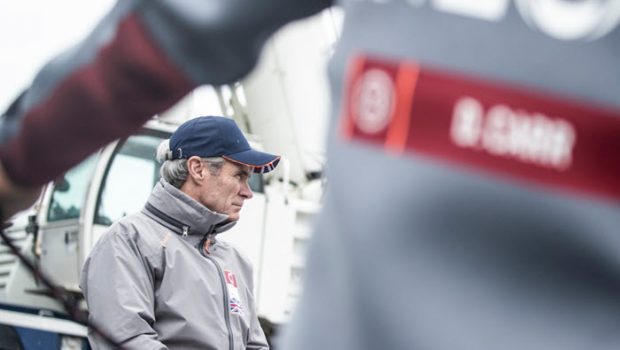

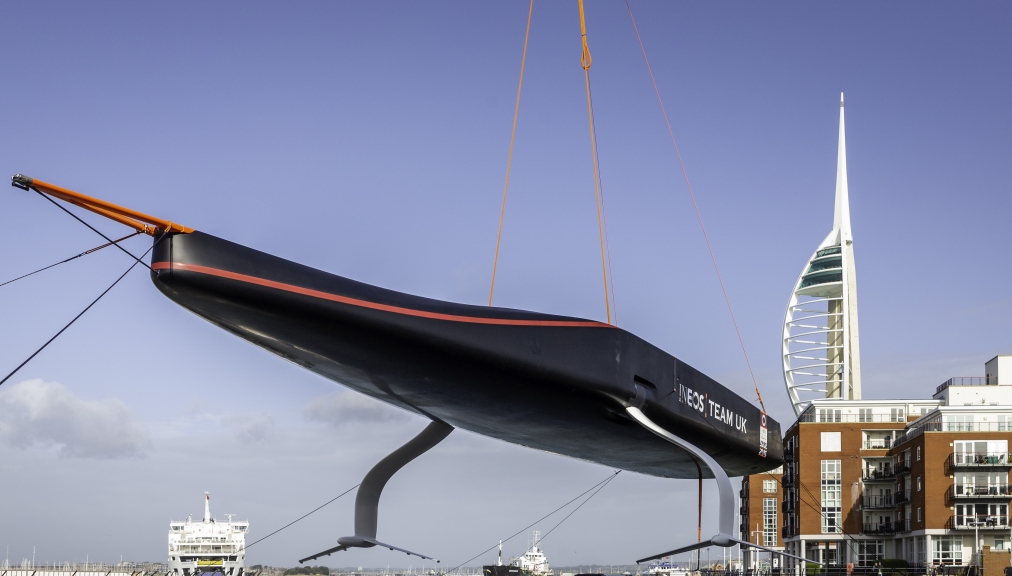
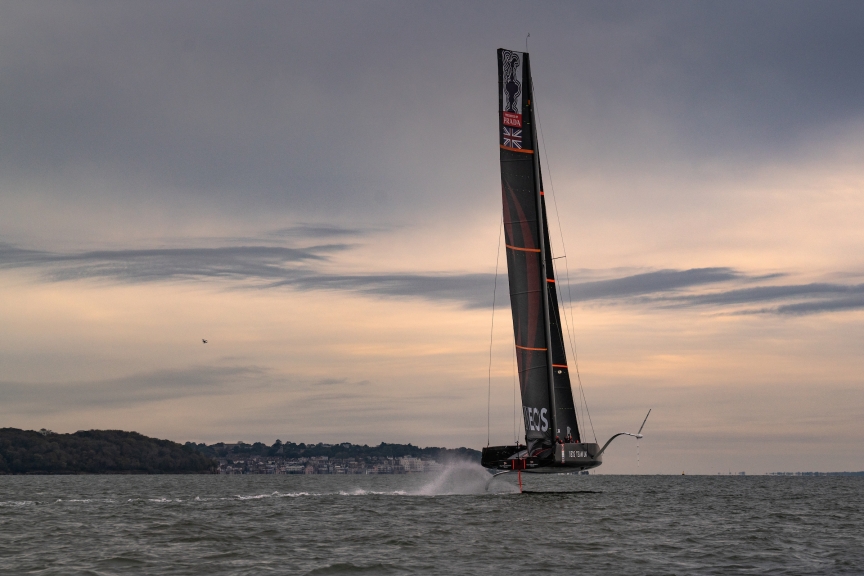
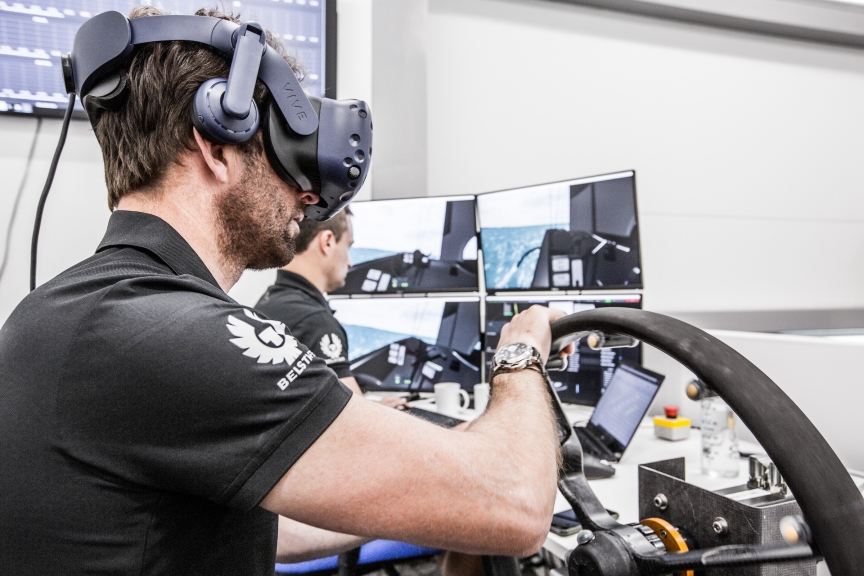
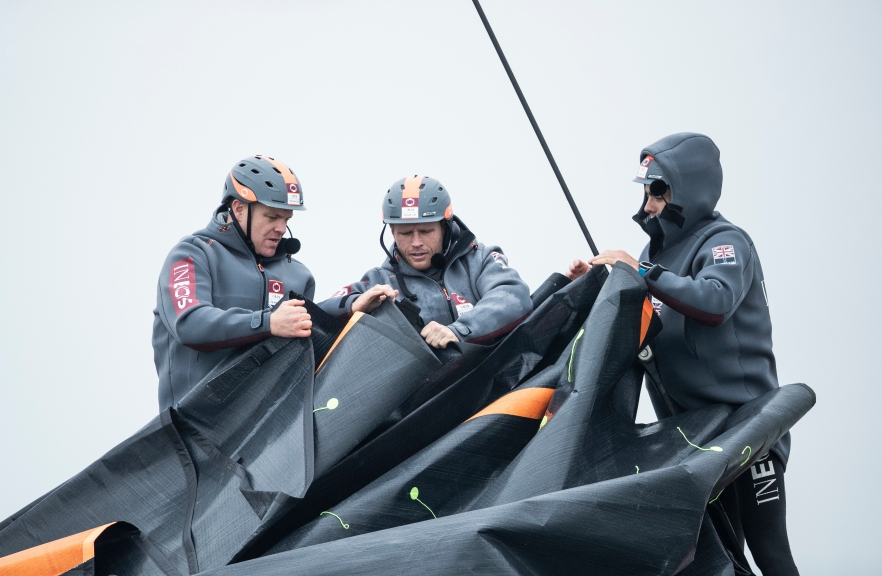

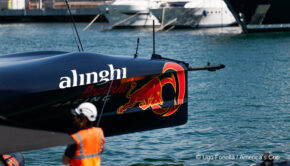

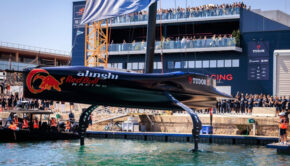

 We’ll keep your information safe.
We’ll keep your information safe.